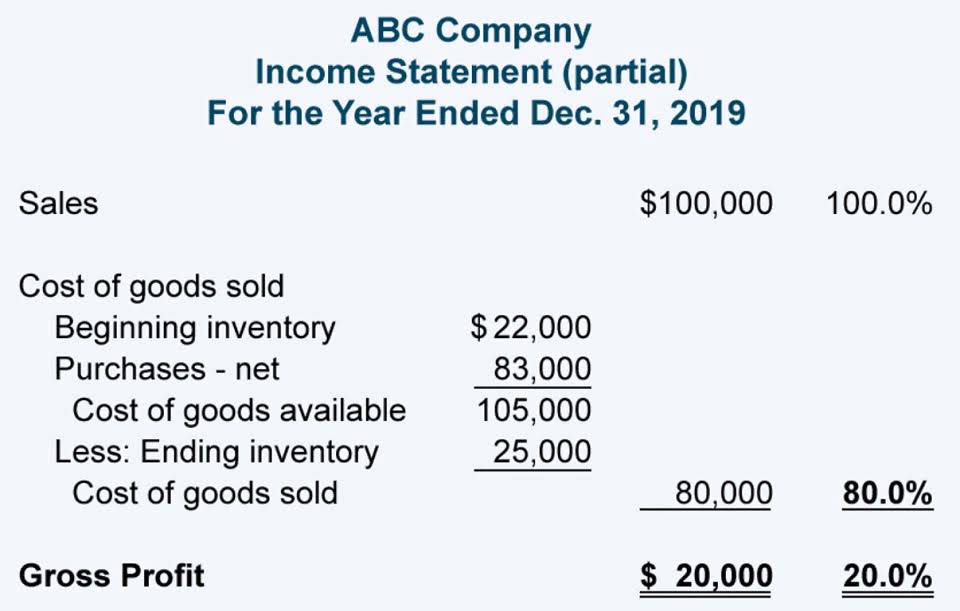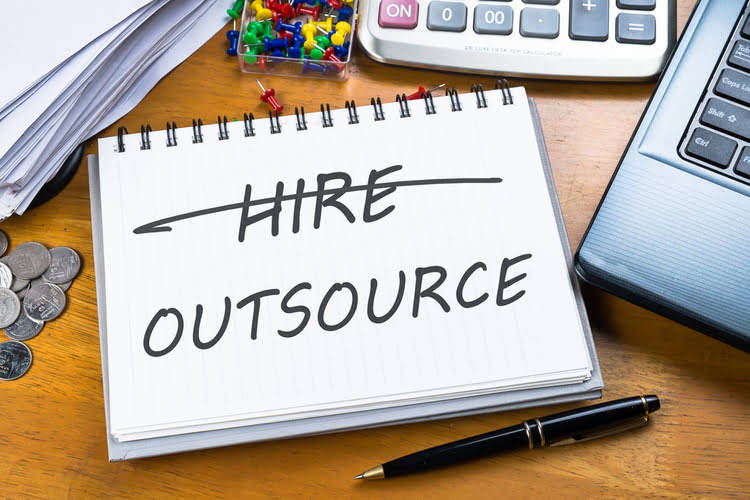Mastering Depreciation: Strategic Approaches to Asset Cost Allocation in Accounting

This method is especially useful for assets that quickly lose their value or become obsolete, such as technology or machinery. In the inaugural year applying the double declining balance method, it incurs a depreciation expense of $6,000. This initial deduction substantially decreases the truck’s book value immediately. As time elapses using this approach at a rate of 20%, applied to ever-diminishing book values each year leads to progressively smaller annual depreciation expenses. The double declining balance method enhances the process of calculating depreciation by amplifying the straight-line depreciation rate—simply the inverse of an asset’s useful life. By multiplying this rate by two, it generates a heightened depreciation expense which is then applied to the starting book value each year, enabling one to figure out the annual depreciation cost.
Switching Depreciation Methods During an Asset’s Lifespan

Accountants have the discretion to change from using the double declining balance method to employing the straight-line method when it results in a greater depreciation expense for any particular year. This transition needs solid reasoning behind it so that compliance with accounting principles and tax income statement regulations is maintained. Units of production depreciation ties the expense to the asset’s actual usage, offering a more accurate reflection of wear and tear. This method aligns expenses with revenue generation, providing a realistic view of asset value and performance. However, it requires detailed tracking of usage data, which can be complex and time-consuming to maintain.

ACCOUNTING for Everyone

Examples include assembly line machines, robotic arms, and specialized vehicles used in factories. These qualify because they have a determinable useful life and are subject to wear. Bonus depreciation is available for new and used property with a recovery period of 20 years or less. Unlike Section 179, there is no limit on the amount of bonus depreciation claimed, but it cannot create a net operating loss. Section 179 applies to tangible personal property and certain qualified improvements used in active trade or business. To qualify, the property must be purchased and placed in service during the tax year.
Double Declining Balance Depreciation Formulas
This method is suitable for assets that wear out evenly, like office furniture. Depreciation is the act of writing off an asset’s value over its expected useful life, and reporting it on IRS Form 4562. The double declining balance method of depreciation is just one way of doing that. Double declining balance is sometimes also called the accelerated depreciation method.
The Bottom Line: Fuel Your Business Growth
- In this scenario, we can use the formula to calculate the depreciation expense for the first year.
- Double declining balance depreciation represents an accelerated depreciation method that allows you to maximize your deductions during the initial years of an asset’s service life.
- As the asset’s book value decreases, the depreciation expense declines accordingly.
- The most commonly used method of depreciation is straight-line; it is the simplest to calculate.
For tax purposes, businesses may use different methods, like MACRS, potentially creating temporary differences between book and taxable income. These differences are recorded as deferred tax assets or liabilities, emphasizing the importance of accurate and consistent reporting practices. The double declining balance method significantly influences how depreciation is recorded for financial reporting. Depreciation expenses are documented in the income statement, reducing net income, while accumulated depreciation appears on the balance sheet as a contra-asset account.

- Different jurisdictions may have specific rules that mandate or favor certain methods.
- For instance, if an asset’s market value declines faster than anticipated, a more aggressive depreciation rate might be justified.
- By the end of this guide, you’ll be equipped to make informed decisions about asset depreciation for your business.
- The double declining balance method allows businesses to depreciate assets more rapidly in the initial years of their useful life.
- Any impairment (weather, fire, accident) that may befall an asset is also subtracted.
- To calculate the depreciation rate for the DDB method, typically, you double the straight-line depreciation rate.
It represents how much the asset is expected to be worth after depreciation is complete. The IRS provides detailed classifications under the Modified Accelerated Cost Recovery System (MACRS). Eligible assets must be placed in service and meet recovery period guidelines, generally ranging from 3 to 39 years. Taxpayers must follow IRS guidelines and use approved methods like Double Declining Balance or Section 179 for specific assets. Reporting must match the chosen method across tax filings to avoid audits or Cash Flow Management for Small Businesses penalties.
- The book value of $64,000 multiplied by 20% is $12,800 of depreciation expense for Year 3.
- Salvage value is the estimated residual value at the end of the asset’s useful life.
- This aggressive depreciation method allows businesses to maximize deductions early on for assets that lose value quickly.
- The book value of an asset, seen on the above chart, is the asset’s original cost, less any accumulated depreciation.
- Depreciation is the act of writing off an asset’s value over its expected useful life, and reporting it on IRS Form 4562.
Accelerated Depreciation: Powerful Benefits and Strategic Uses for Businesses
While straight-line depreciation rates offer more stable expense reporting, the double-declining balance method takes a more detailed—and often realistic—view. It accommodates fixed assets like machinery, vehicles, or technology that depreciate rapidly at what is double declining balance depreciation first, before slowing as time goes on. To determine the basic depreciation rate using the double declining balance method, you initially ascertain the straight-line depreciation by dividing the asset’s cost by its useful life.
Capital equipment consists of machinery and tools used directly in manufacturing or production. This category is often eligible for accelerated depreciation under special rules, including bonus depreciation. Accelerated depreciation applies to various categories of business property and equipment.
